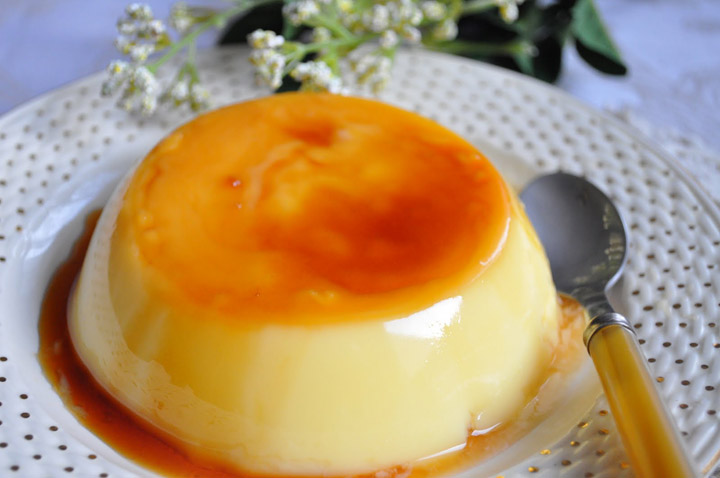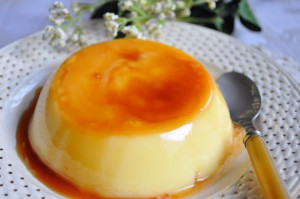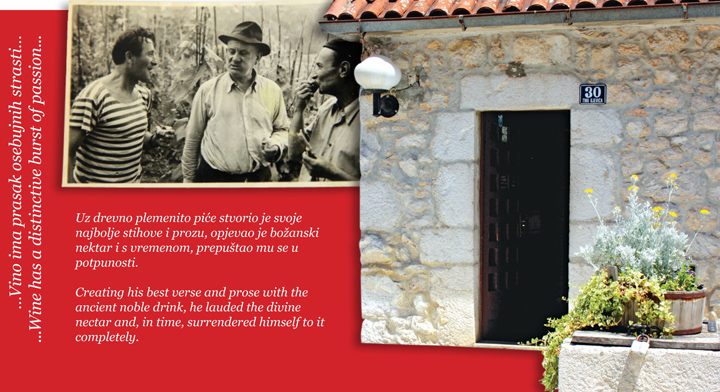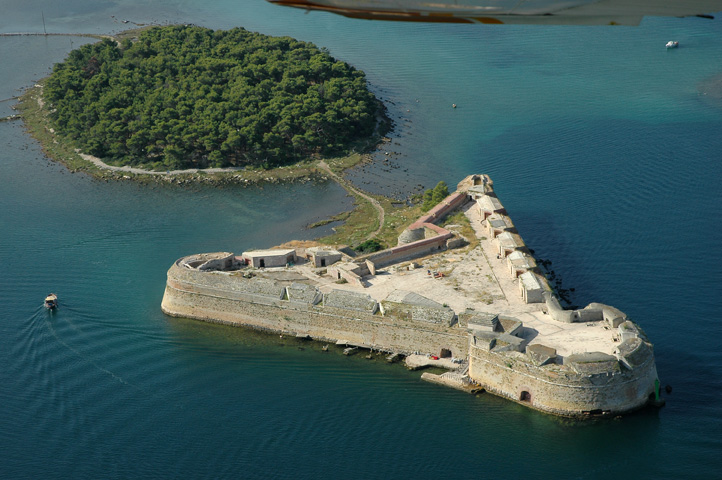It is not disputable that our country has oriented itself, as far as the tourism and other economy fields are concerned, to promoting culture. Nevertheless, we still lack programmes which would evaluate tourist potential of our cultural heritage.
Cultural tourism or more specifically, archaeological tourism is a well developed concept which in successful cases (Italy and Greece are the best examples) have beneficial effects on diversity, preservation and protection of heritage.
In archaeology and tourism column we present an interview with famous archaeologist professor Stašo Forenbaher from Institute for Anthropology in Zagreb.
Tell us something about you and your work.
I have been working in archaeology for over 30 years, but I came to be engaged in this profession in somewhat unusual manner. First I graduated from the Faculty of Civil Engineering, then for a while, alpinism and caving were the most important things in my life. I gained basic archaeological knowledge in Zagreb and upgraded it on post-graduate college in America. All these seemingly unconnected knowledge and skills can actually be well combined and I find them very useful in my everyday work.
I deal with prehistoric Mediterranean, and I am especially interested in the events that took place during last 10 000 years on the Adriatic. This means that every year I spend about a month on field work somewhere on our coast. This is the most interesting part of archaeological work – touring the field, searching for sites and excavation of some of them. The rest of my working time is filled with less exciting, but more important part of work – extracting information about past from archaeological findings collected on field. This part of the job is being done in laboratory, or even, what is more often, in the office in front of a computer.
What is the most interesting archaeological finding or object you have discovered or examined on Adriatic?
The vast majority of things we find are not glamorous or photogenic at all. It happens sometimes that something special occurs, but this usually happens accidentally. This is how, while we were exploring pre-history of Pelješac, we discovered fragments of zodiac presentation made of ivory. It was proved that they are over 2 000 years old, dating from times when ancient Greeks were establishing their colonies on Dalmatian islands. It is the oldest known presentation of zodiac ever. This finding is a witness of how great the scope of mathematic and astronomic knowledge of those times was, and also about the traffic and cultural connections of distant parts of Mediterranean in those ancient times.
What makes Big Cave different from other sites?
People have always entered the caves, so in many of them traces of human visits can be found, but very few caves have been so regularly visited during a long period as Big Cave above Vela Luka on the island of Korčula. In my opinion, it is the most important cave site on Adriatic. On the entire Mediterranean the number of findings that are similar to this cave does not surpass ten. We know that Big Cave was visited and dwelt in during the last 20 000 years. Thanks to this, we can precisely track the changes that determined the development of human race over a long period of time. And the changes were extreme: the climate has changed from ice-age to present, people have stopped being hunters-collectors and became shepherds and farmers; small communities, without formal introduction, have grown into complex societies under the governance of powerful elite. Material traces of all these changes have been found in 15 metre thick layers of dirt which has accumulated in the cave, and still we haven’t reached the bottom. We don’t know how many thousands of years of pre-history are still hidden on the bottom of Big Cave.
Nakovane Cave on Pelješac is one of your great discoveries. Can you tell us something about this site?
We worked exactly 10 years on Pelješac, exploring the prehistoric landscape between Orebić and Lovište. During the excavation we again chose a cave, Spila above the Nakovane village. First we were convinced this was a regular cave site, a place where shepherds were hiding their sheep and goat flocks for thousands of years. By the end of the first season we discovered a cave hall covered in stones. After removing the stones and wriggling through a dark, narrow gap we found ourselves in a well preserved sanctuary where Illyrian people, native people of this area, were honouring an unknown god 2 000 years ago. It truly was a discovery not everyone can be fortunate enough to find and it arouse considerable attention of local and foreign media. We also wrote a popular book about ‘the secret of Nakovane Cave’ for all who are interested in our roots and cultural heritage.
In your opinion, how can important archaeological sites influence tourist offer and development of a tourist destination?
I think that potential and importance of archaeology for tourism is so obvious that this is no longer matter for discussion. I have travelled the world quite much while touring the archaeological sites, but almost all visitors I have encountered were not archaeologists like me, but simply tourists in search for valuable, different experiences. This is the reason why people visit not only Rome or Greece in such a great number, but also more distant sites – Mexico and Peru come to my mind first. The economy of Easter Islands, the most isolated place on Earth, is based on tourism. Why do people want to go there, when there are many other islands in the Pacific that can be reached more easily? Because Easter Islands have spectacular archaeological heritage which is well presented!
The number of tourists whose motivation for visit is connected with cultural heritage of our country is growing. According to data of World Tourist Agency, at present, 40% of travels are tied to cultural offer, major part of which are realised in Europe. This percentage should, by 2020, be annually increased for 15%.
In which way is it possible to valorise important archaeological sites for tourist purposes?
Croatia is a country of rich and diverse cultural heritage. We do not lack important and attractive historical monuments which we could show to our visitors. But it would be wrong to think that we can turn our archaeological sites into sources of income over night. We can show only what we have properly adapted for presentation, and we can adapt only what we have already discovered and explored. My point is that this is the work which requires certain investments (not too big in comparison to many other) that have to be long-term and strategically prepared. These investments are not possible without the public appreciation and the will of those who decide. For a start, general public should be more familiar with the fact that this heritage, if well used, has a concrete practical value. We archaeologists are notably responsible for this enlightenment, but I am afraid that most of us are not working hard enough to present findings to public in a simple and interesting manner.
[nivo effect=”fade” directionNav=”button” controlNav=”true” width=”620 px” height=”360 px”]
[image]http://hotspots.net.hr/wp-content/uploads/2013/03/DSC_0240.jpg[/image]
[image]http://hotspots.net.hr/wp-content/uploads/2013/03/Vela-spila-.jpg[/image]
[/nivo]
















